It's been a few days since we witnessed the introduction of a new processor with the designation M1. This processor comes from the Apple Silicon family and it should be noted that it is the very first computer processor from Apple. The Californian giant has decided to equip three products with the new M1 processor for the time being – specifically the MacBook Air, 13″ MacBook Pro and Mac mini. At the launch itself, Apple said that the M1 offers 8 CPU cores, 8 GPU cores and 16 Neural Engine cores. So all the mentioned devices should have the same specifications - but the opposite is true.
It could be interest you
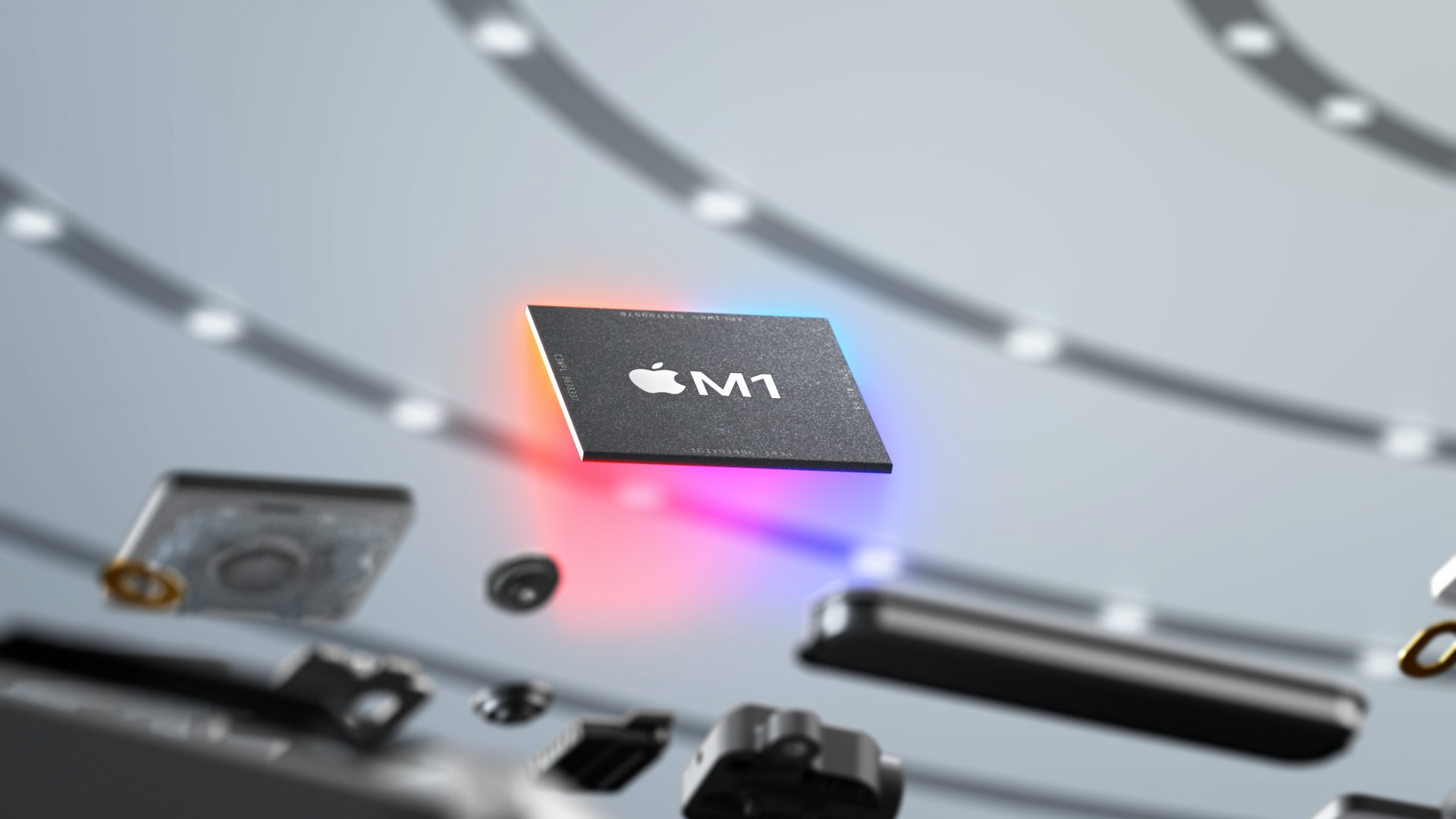
If you open the profile of a MacBook Air on Apple's website, for which you would currently be looking for an Intel processor in vain, you will see two "recommended" configurations. The first configuration, which is referred to as basic, is sufficient for most users and is the most popular. With the second "recommended" configuration, you get practically only twice the storage, i.e. 256 GB instead of 512 GB. However, if you look in more detail, you can notice one small, somewhat comical difference. While the second recommended MacBook Air configuration offers an 8-core GPU according to the description, the basic configuration offers "only" a 7-core GPU. Now you must be wondering why this is, when the specifications of all the mentioned devices with the M1 processor are supposed to be identical - we will explain this below.
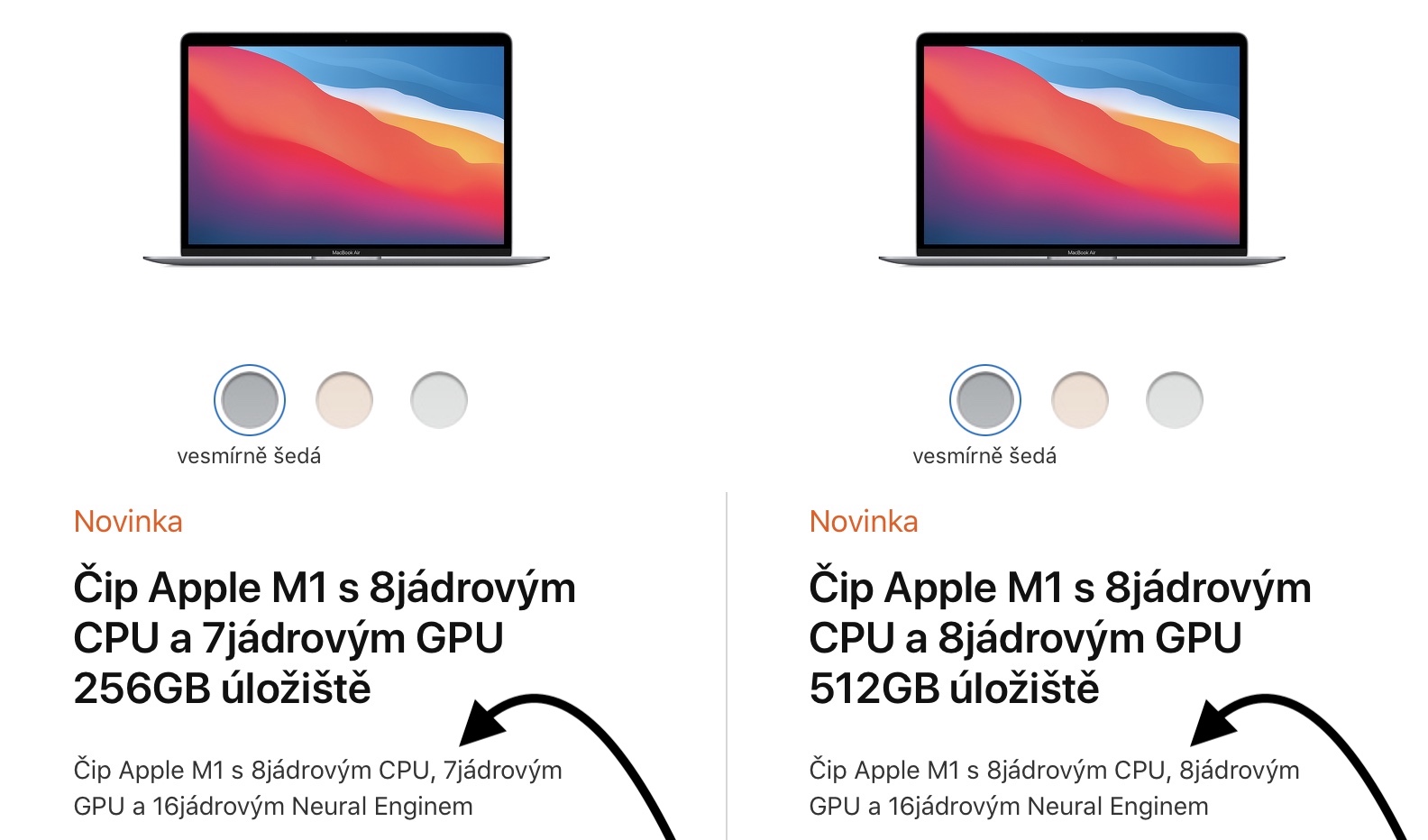
The truth is that Apple is definitely not going for any resolution with the new MacBook Airs. With these two mentioned configurations, something called processor binning can be observed. The production of processors as such is really very demanding and complex. Just like humans, machines are not perfect. However, while people can work with accuracy down to centimeters, at most millimeters, machines must be able to be accurate down to nanometers when manufacturing processors. All it takes is a minimal wobble, or some microscopic air impurity, and the entire processor manufacturing process comes to naught. However, if every such processor were to "throw away", then the entire process would be stretched unnecessarily. These failed processors are therefore not thrown away, but only placed in another sorting bin.
Whether the chip is perfect or not can be determined by testing. While a perfectly made chip can work at its highest frequency for several hours, a worse chip can start to overheat after a few minutes at its highest frequency. Apple, after TSMC, which is the company that manufactures the M1 processors, does not require complete perfection in production and is able to "try" even such a processor that has one GPU core damaged. An ordinary user will not recognize the absence of one GPU core anyway, so Apple can afford such a step. Simply put, it can be said that the basic MacBook Air hides in its guts a not quite perfect M1 processor, which has one damaged GPU core. The biggest advantage of this approach is primarily cost savings. Instead of throwing away unsuccessful chips, Apple simply installs them in the weakest device from its portfolio. At first glance, ecology is hidden behind this procedure, but of course Apple makes money from it in the end.
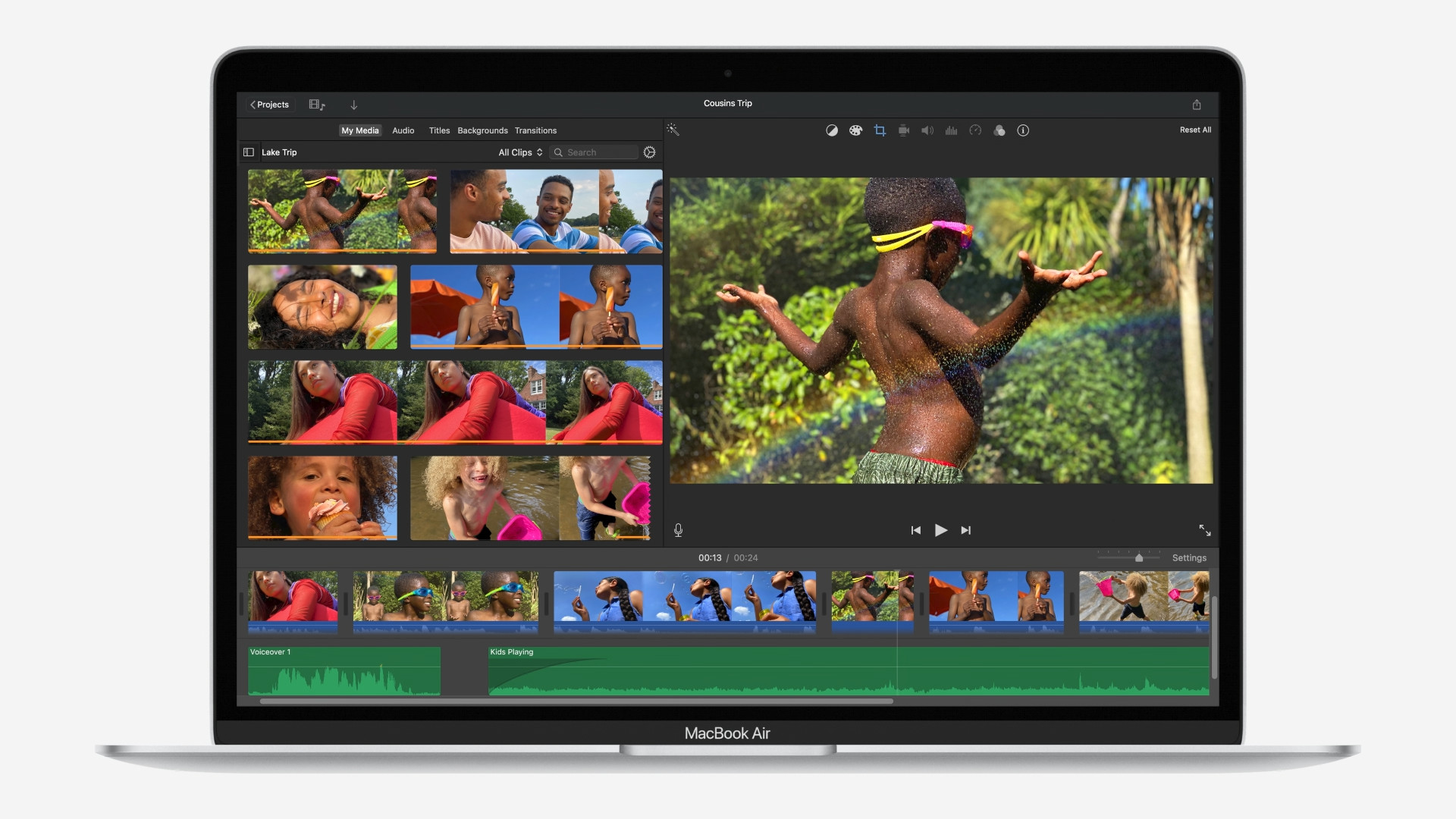
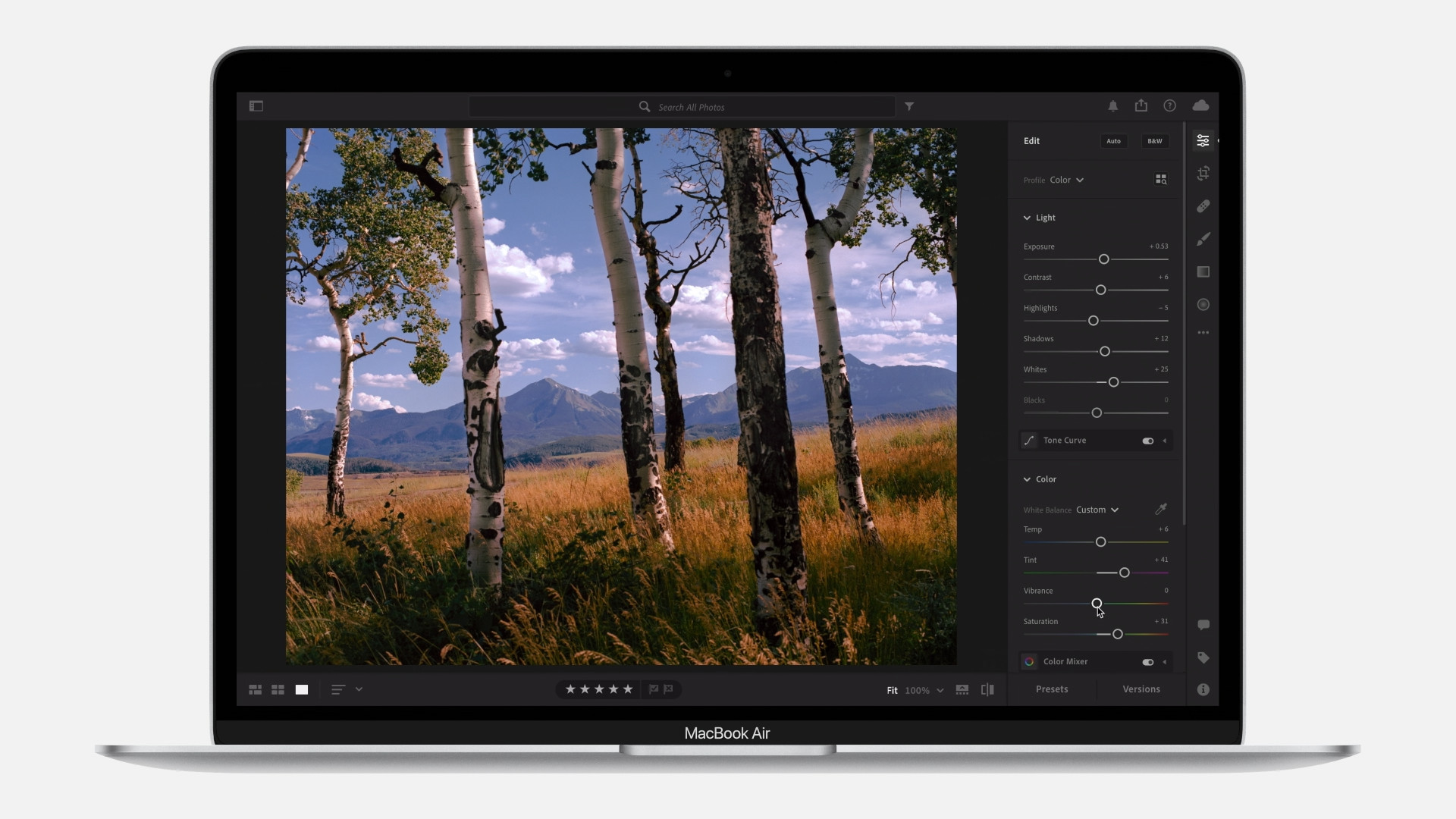

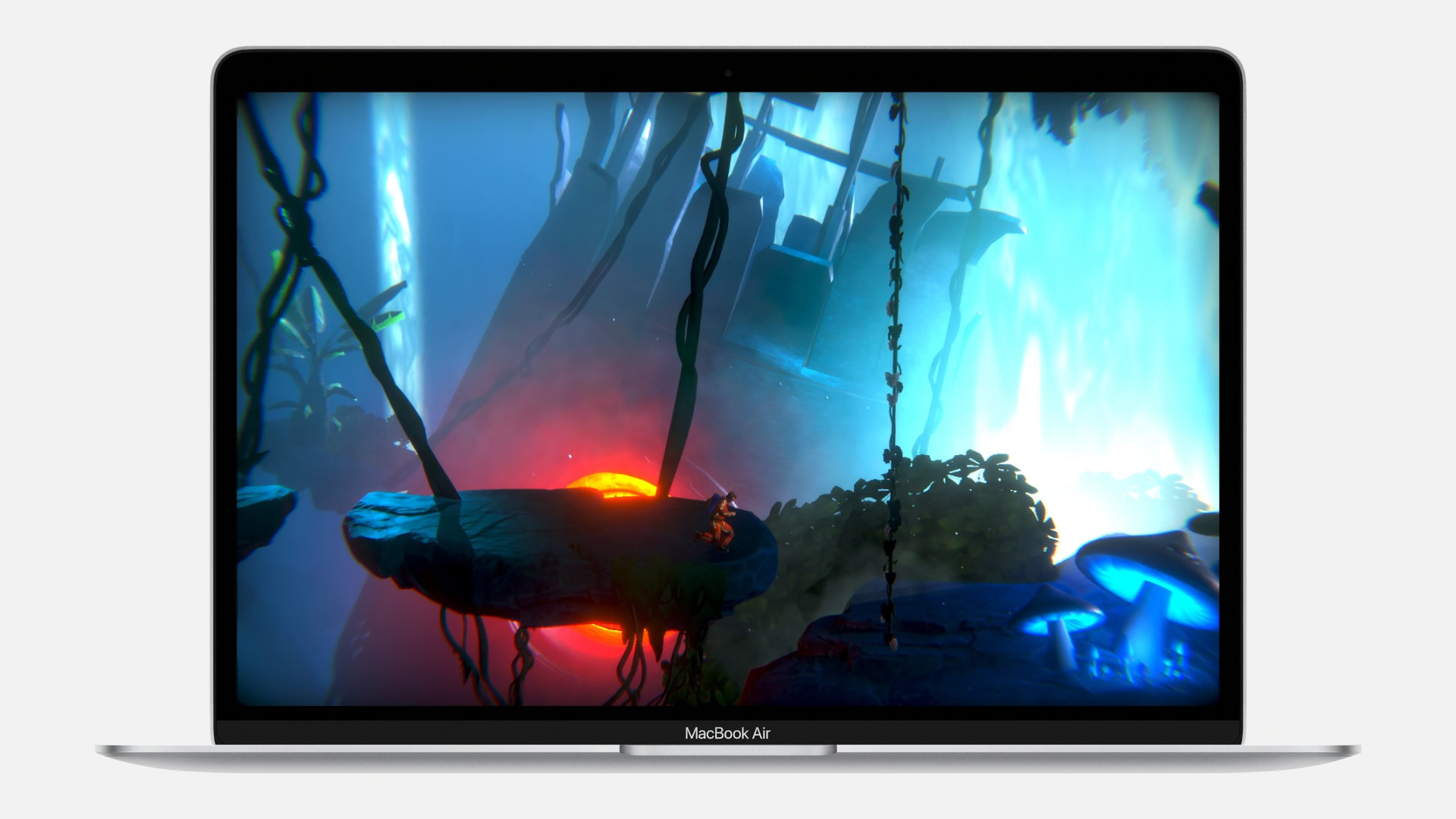
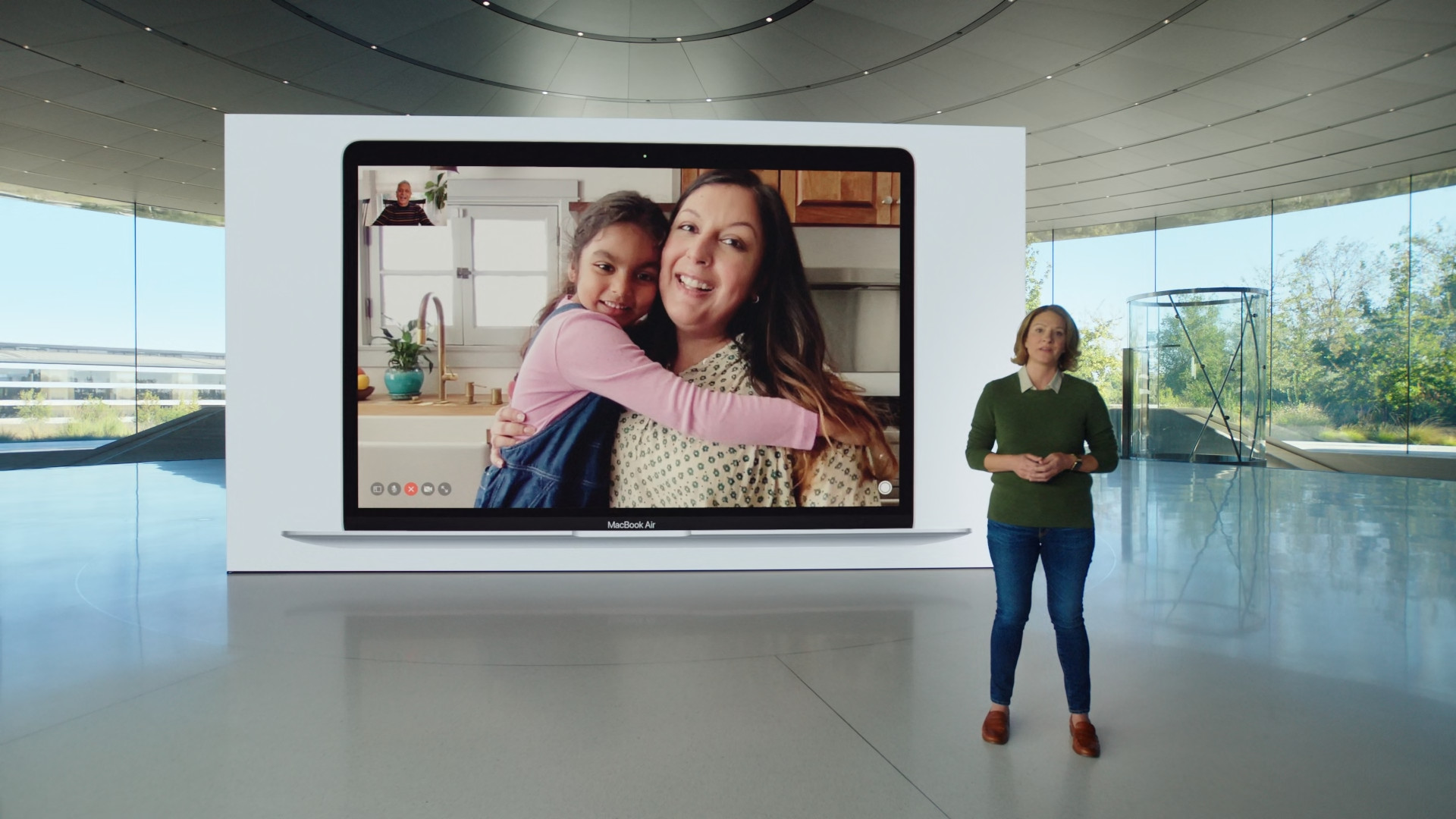

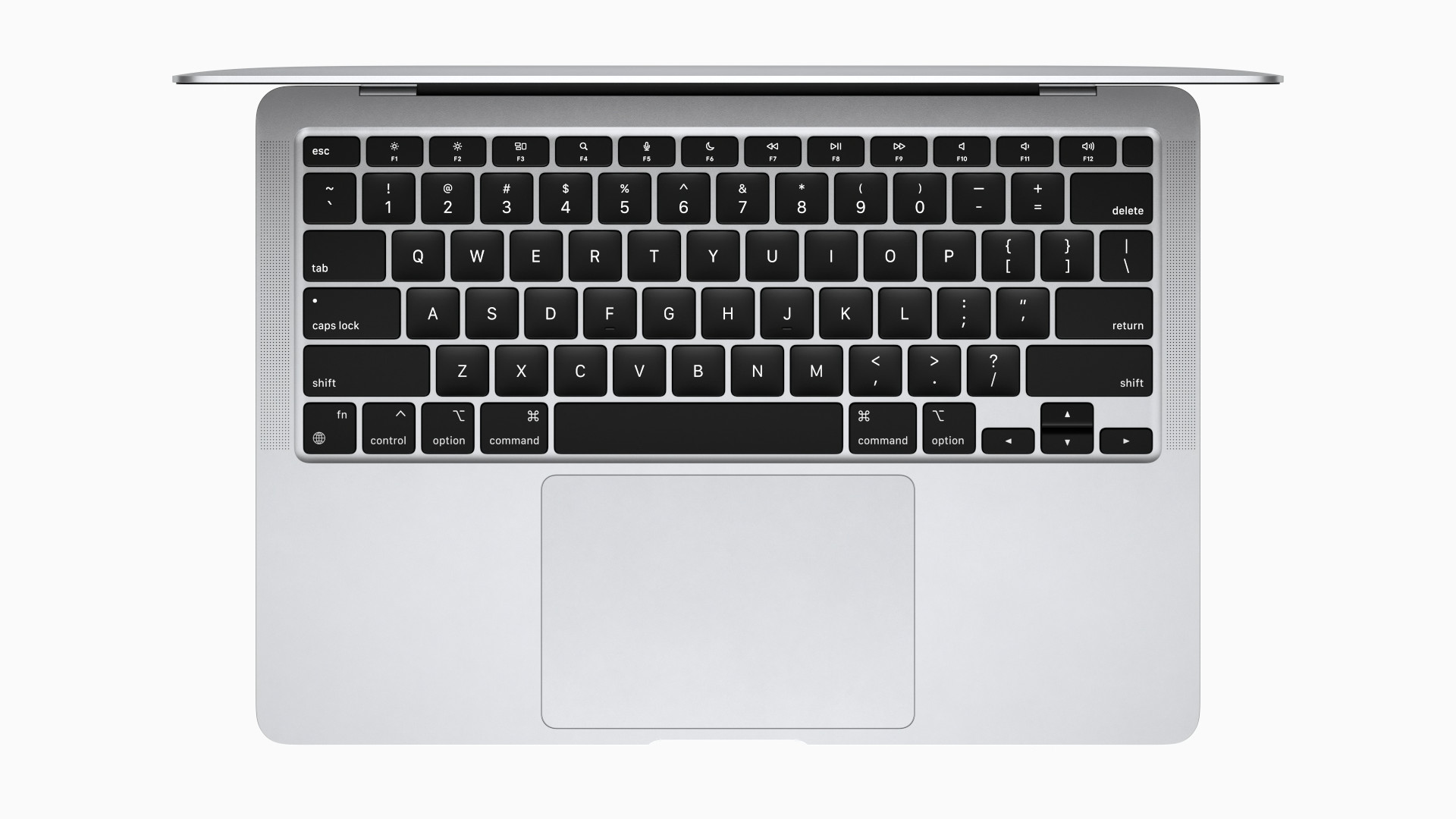

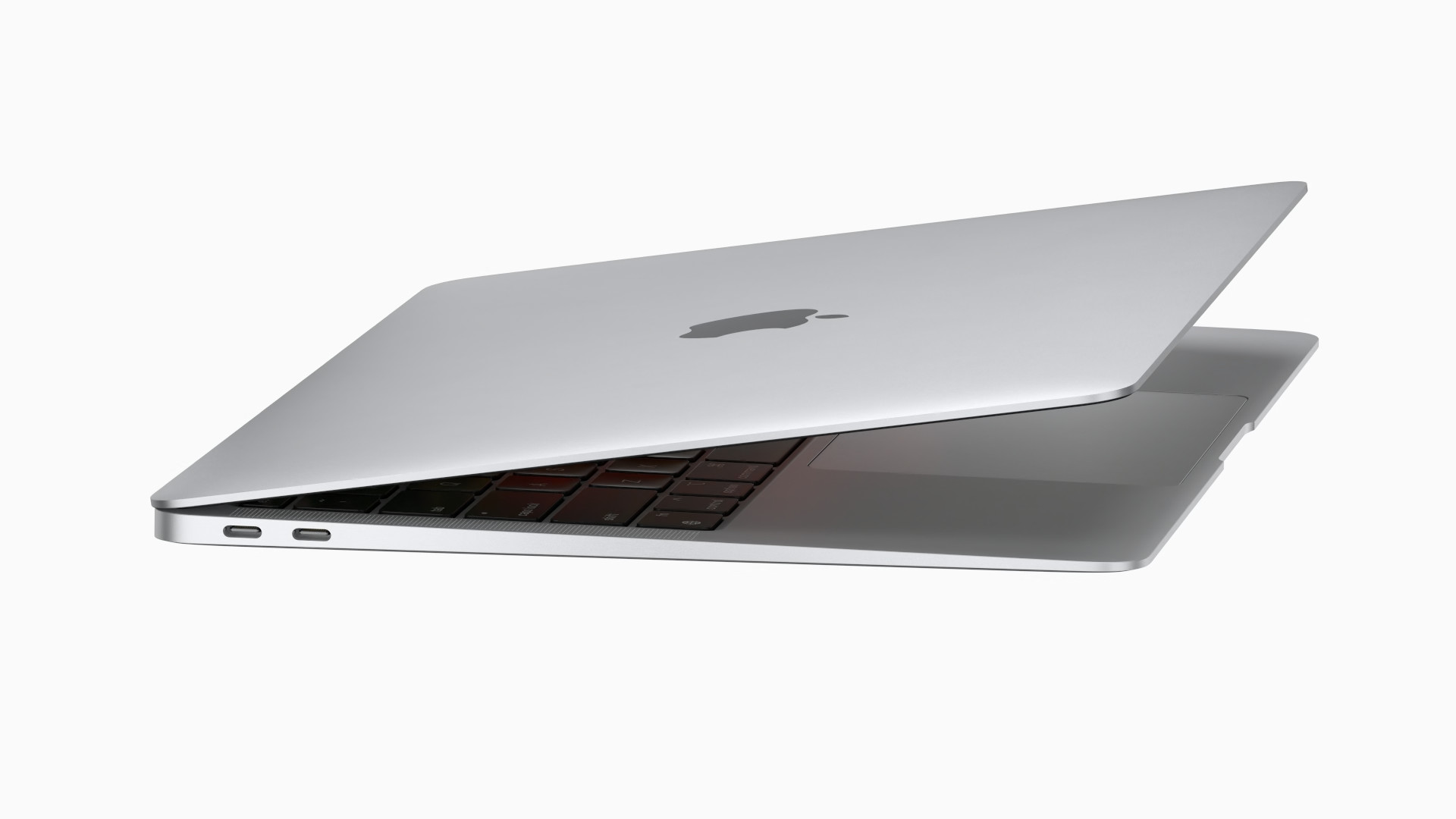
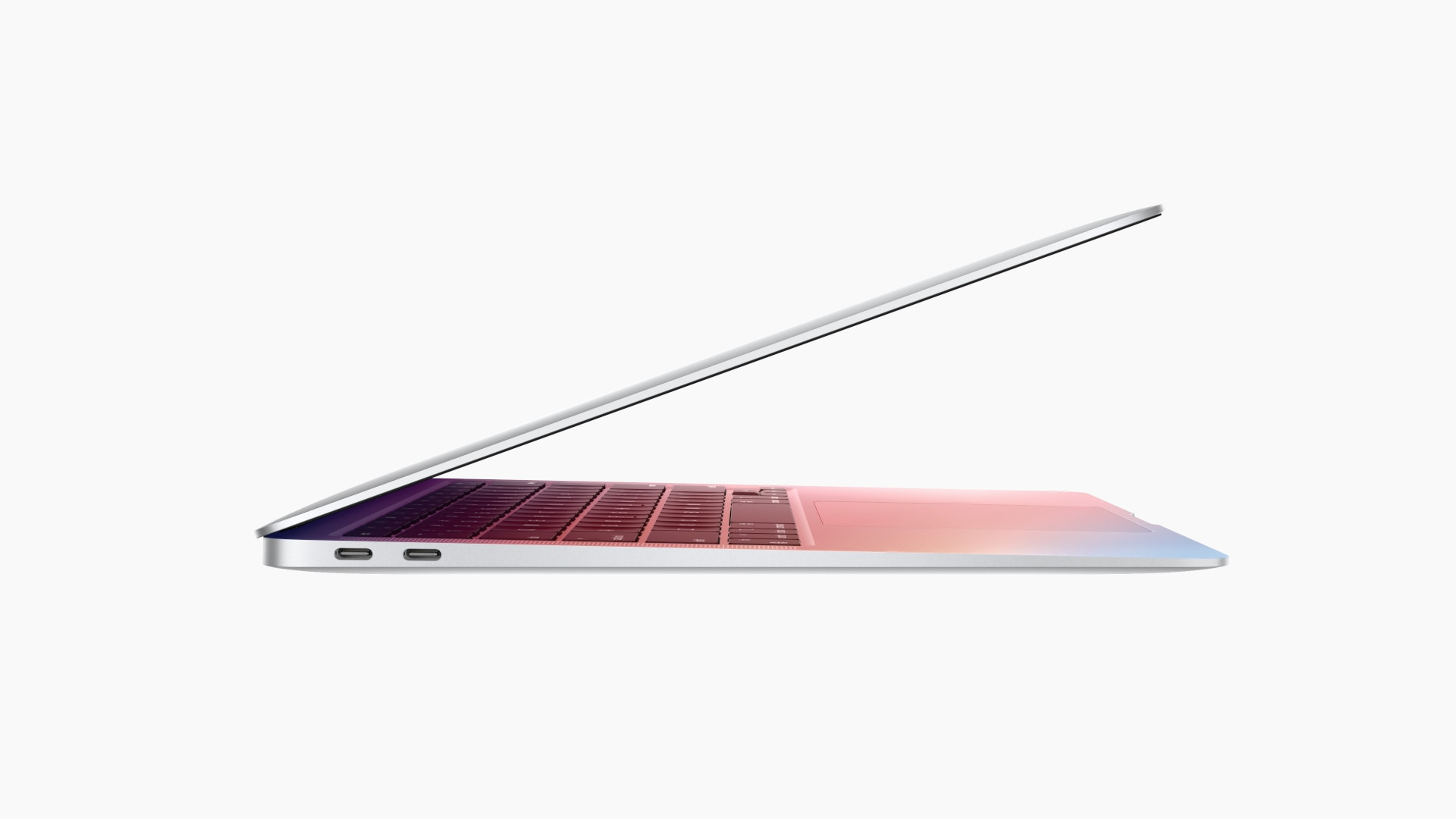
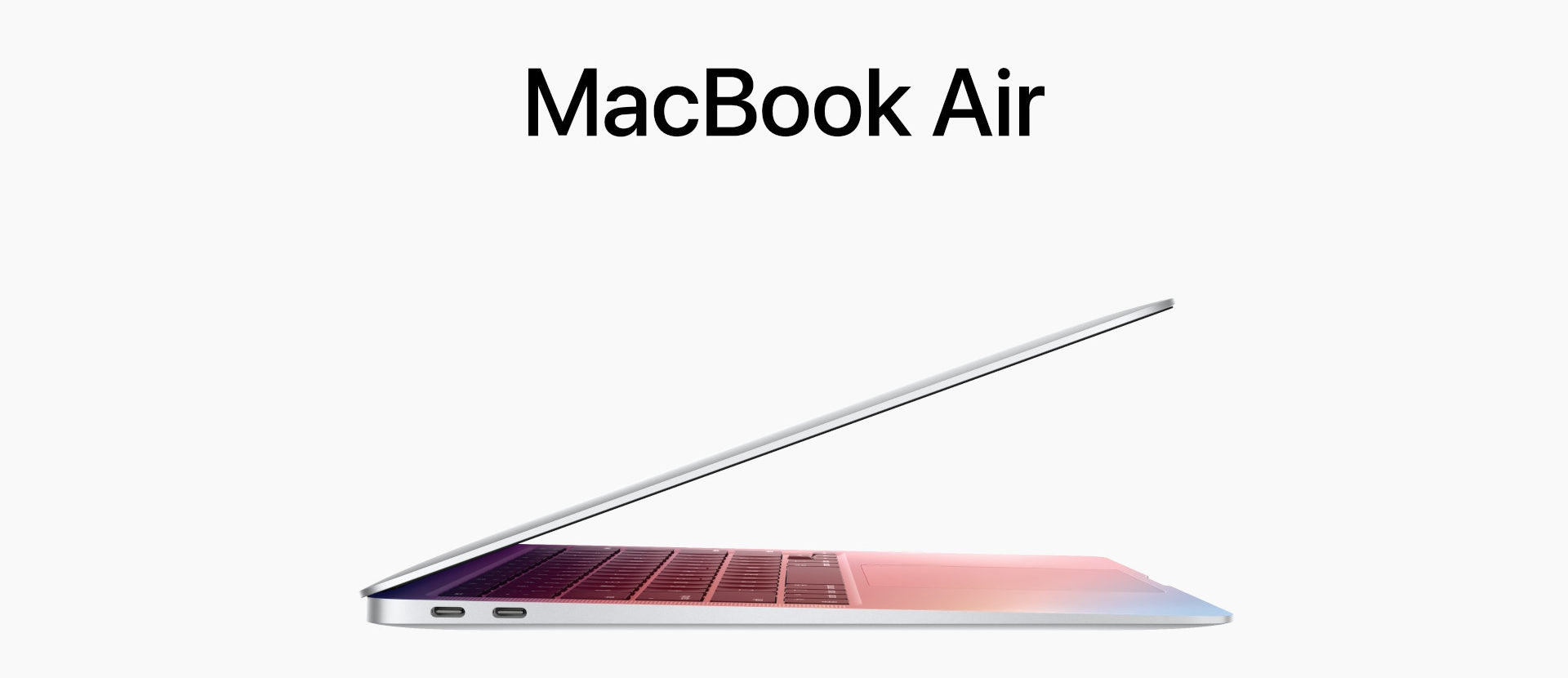
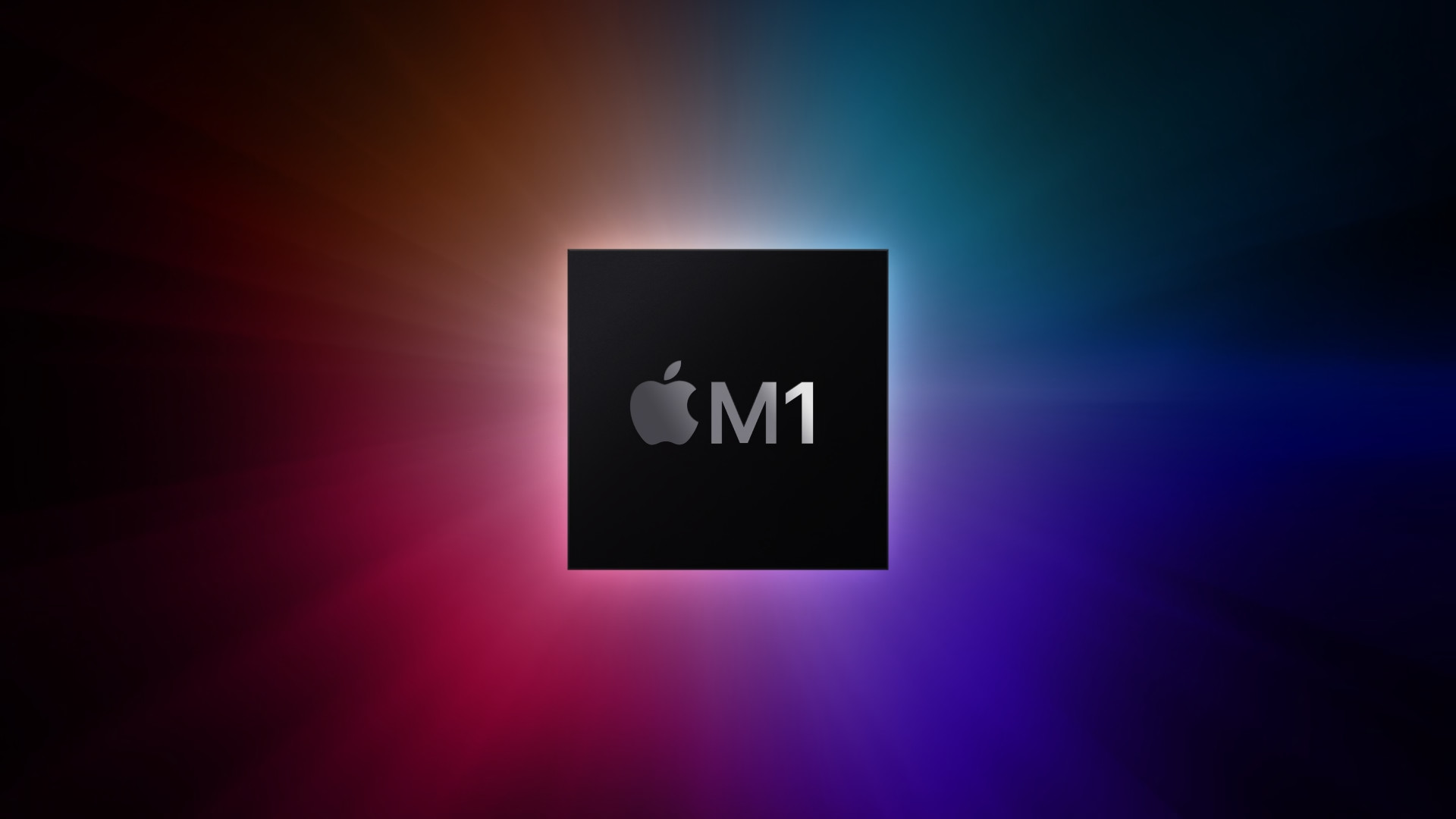

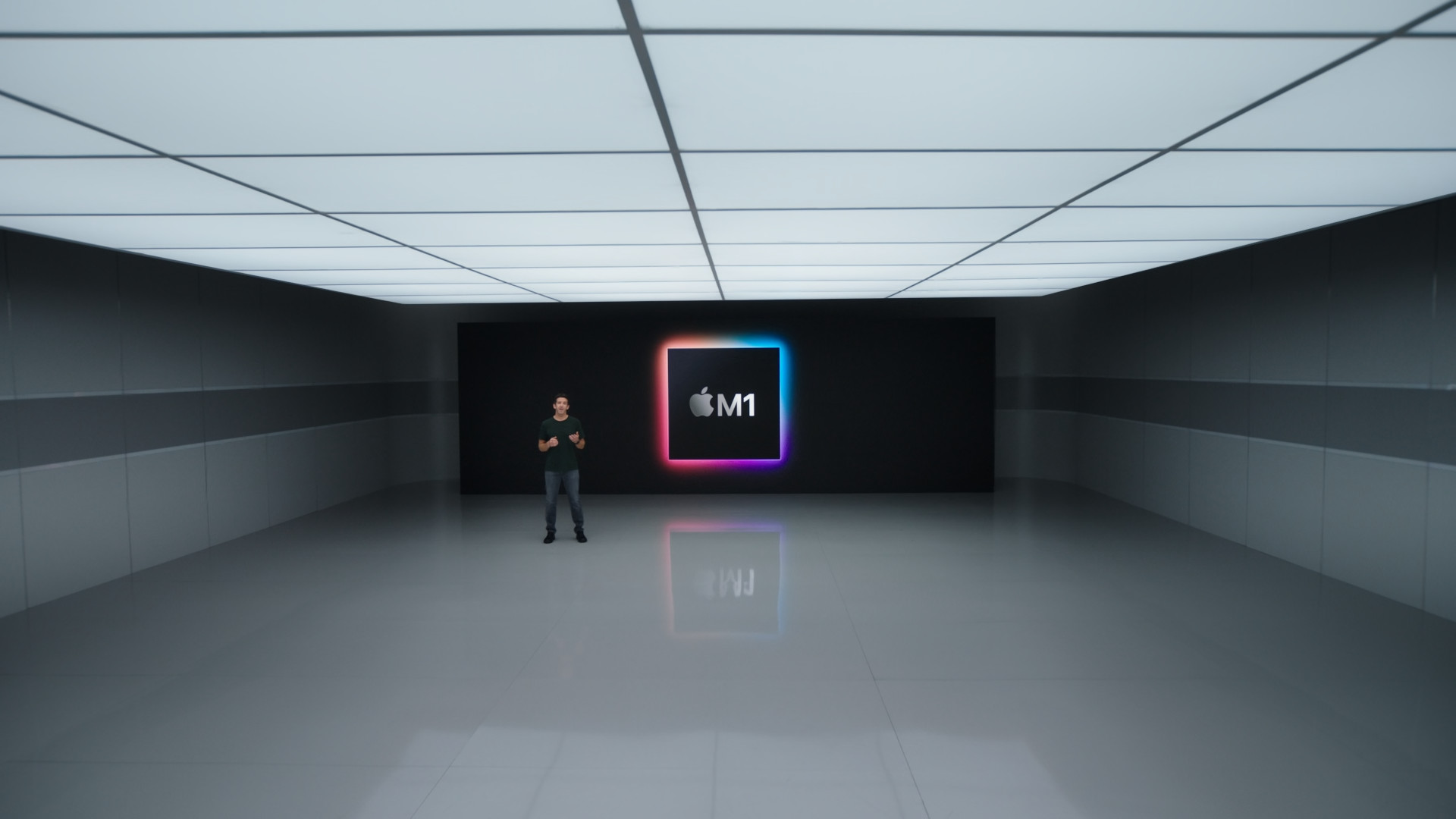
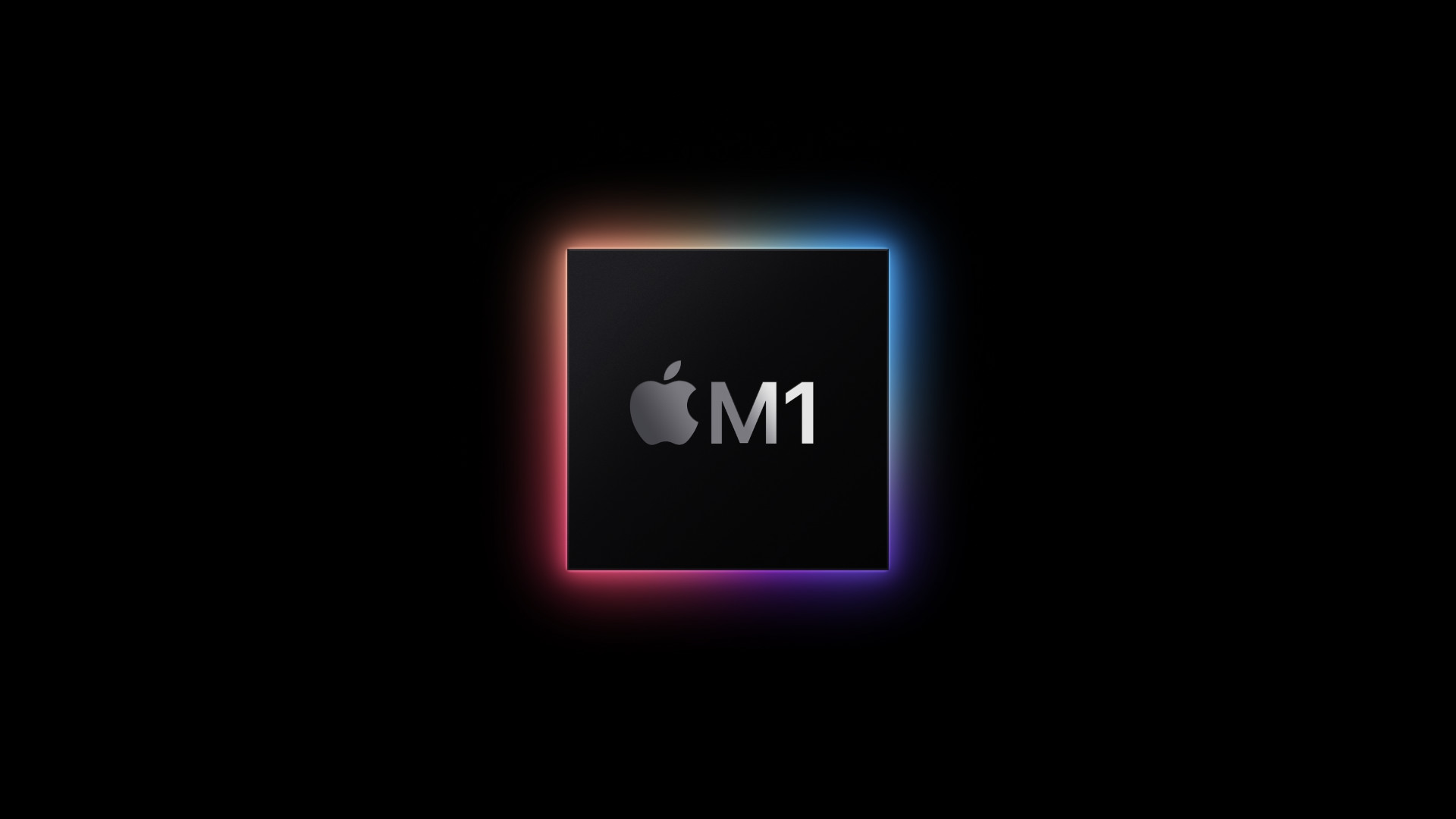
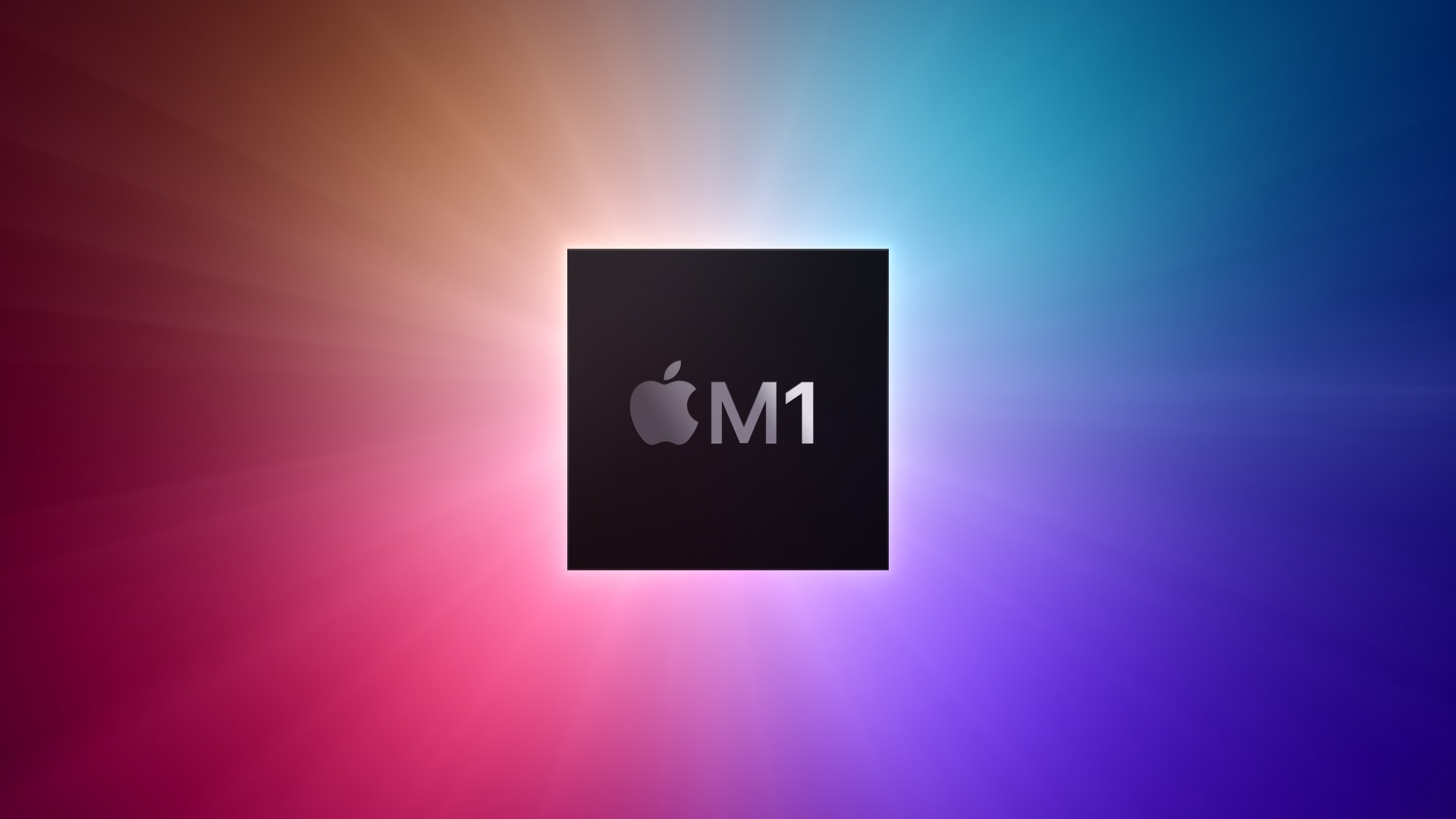
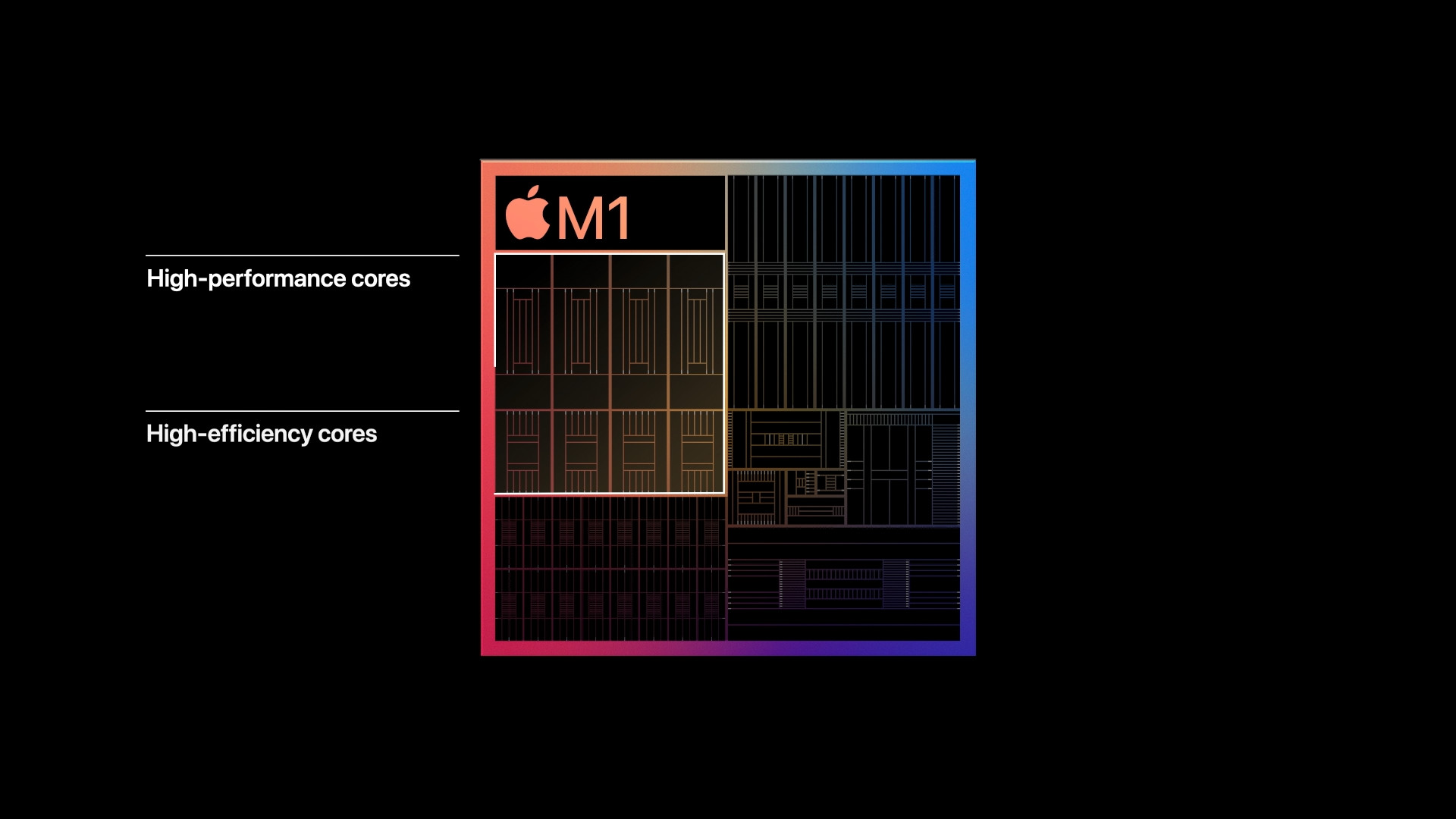
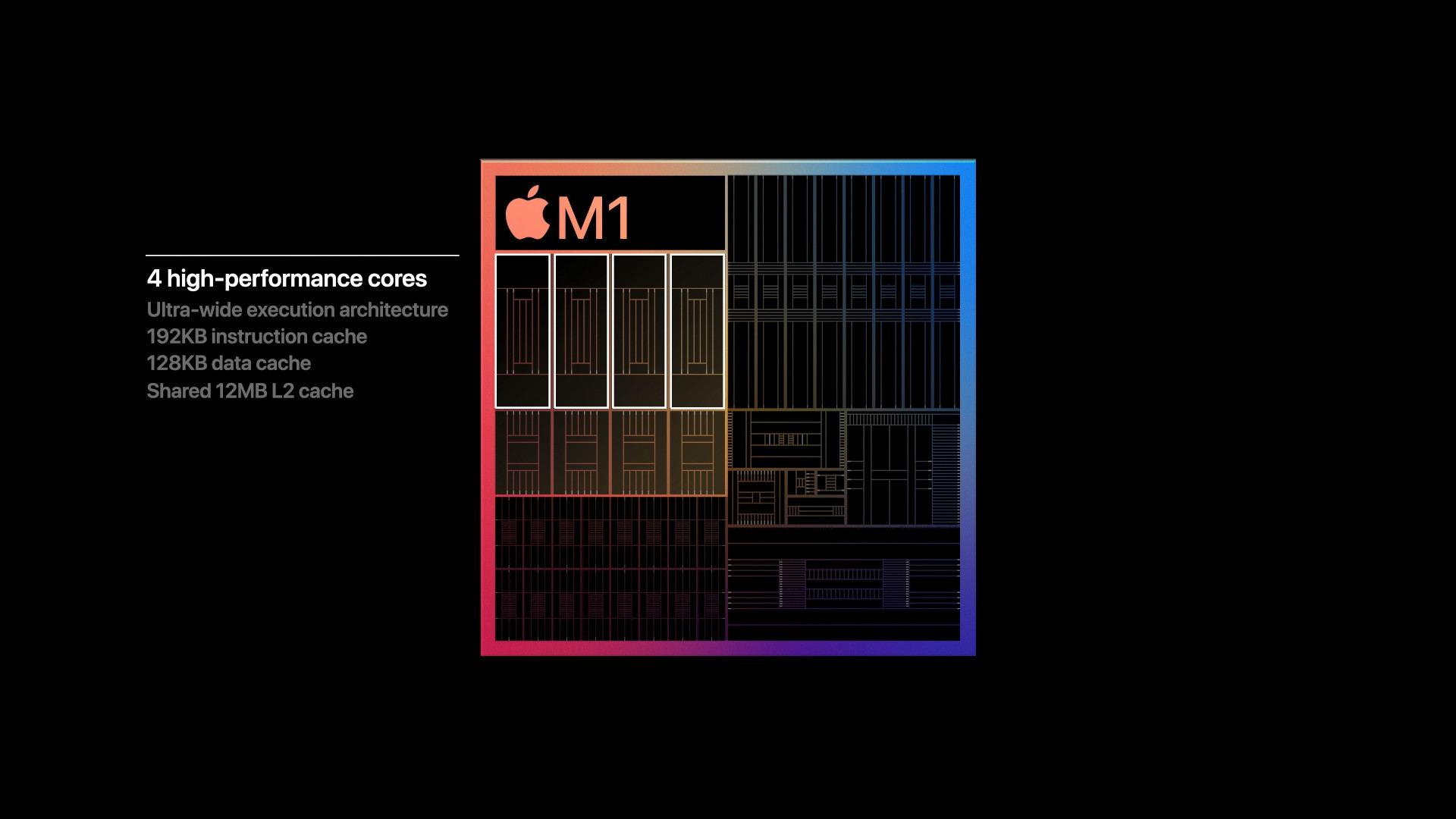

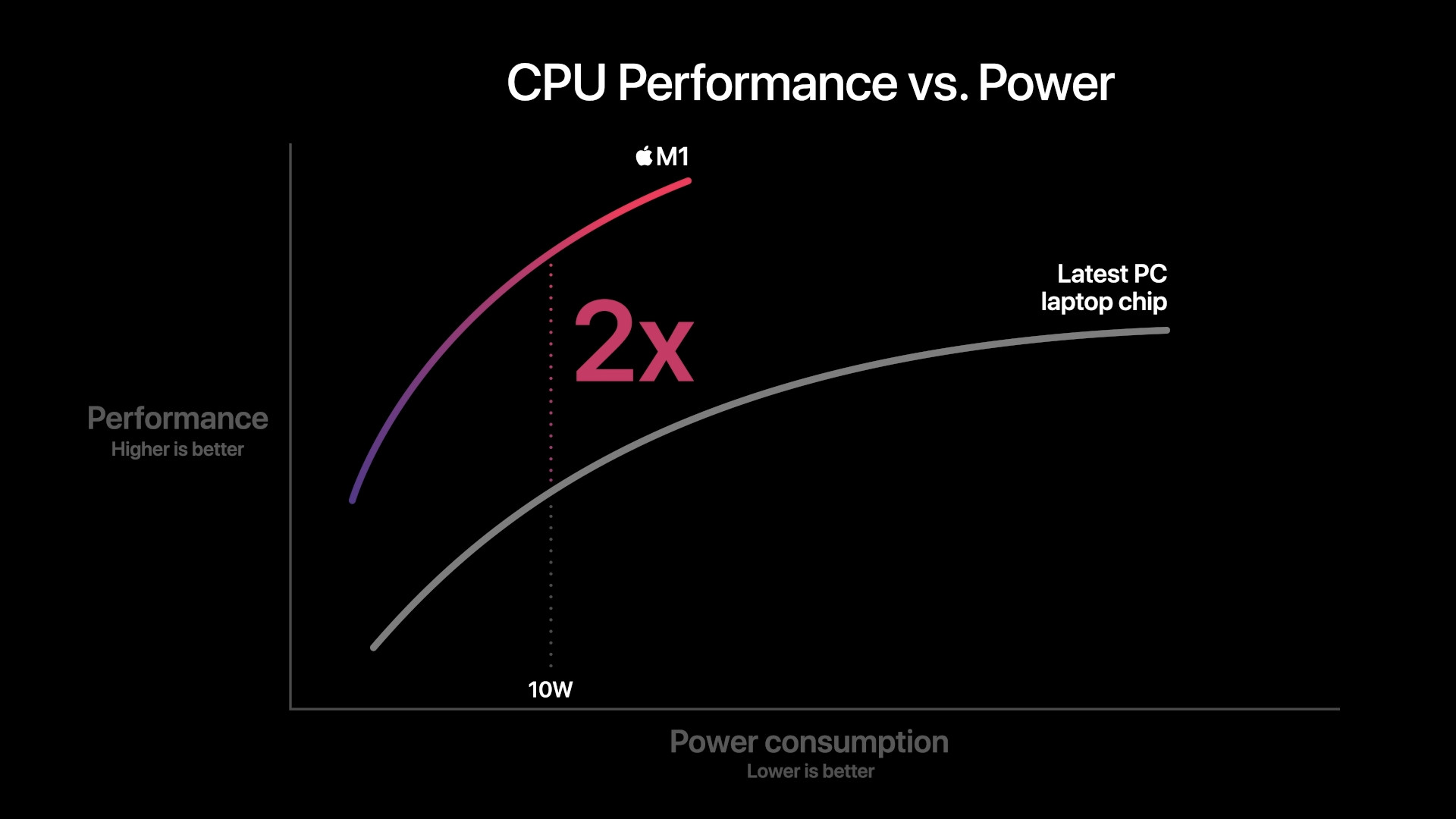
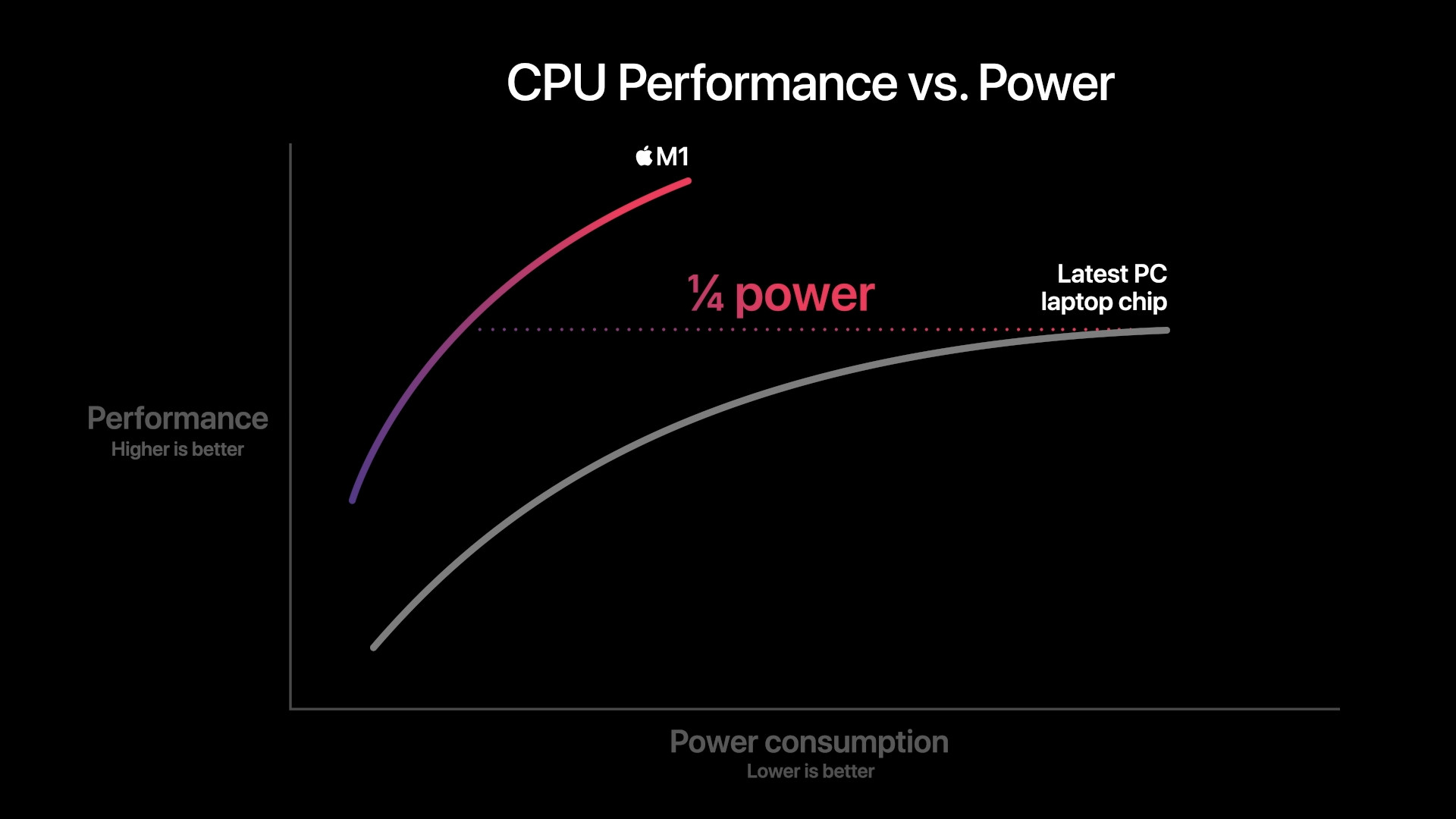

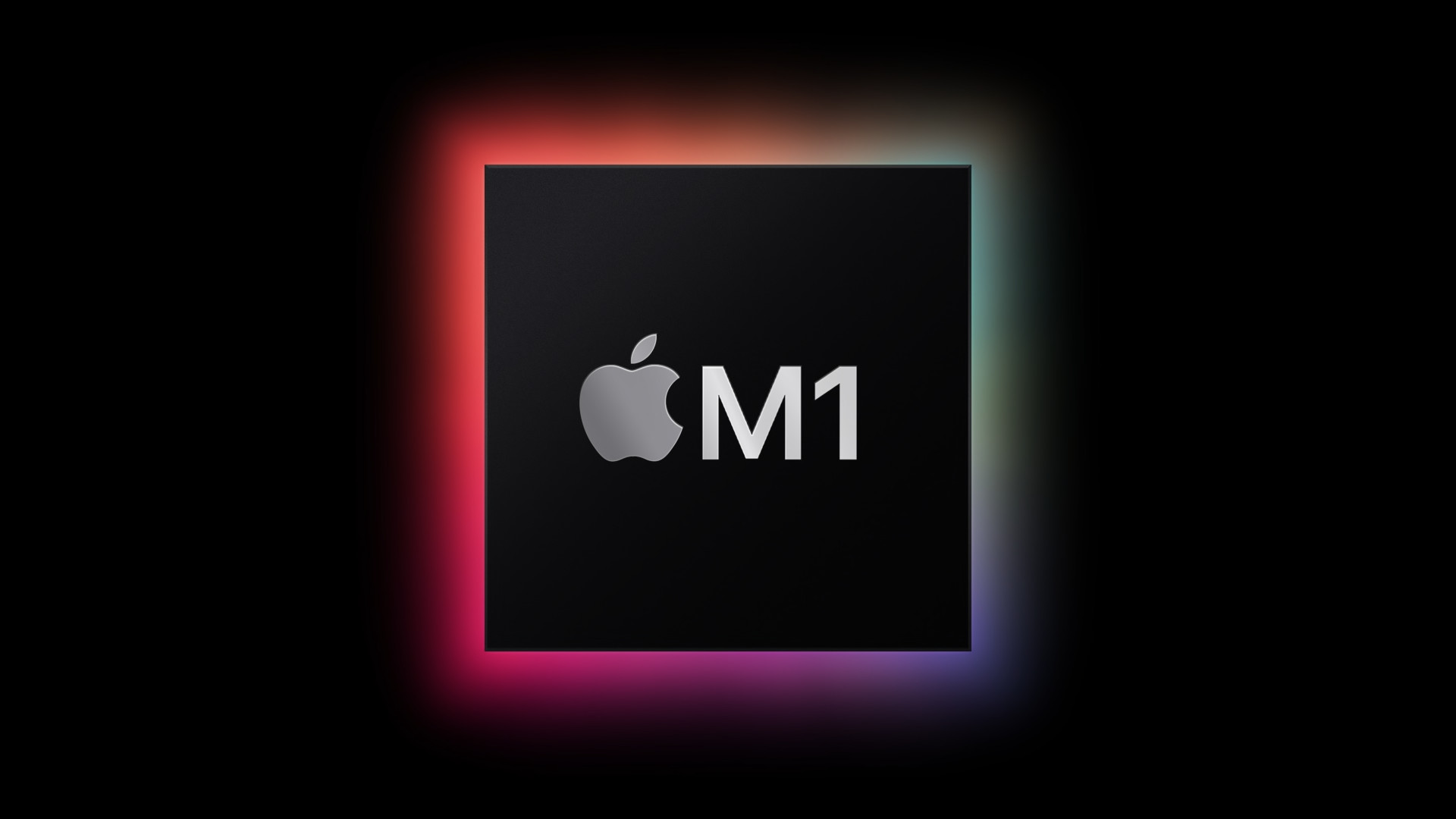
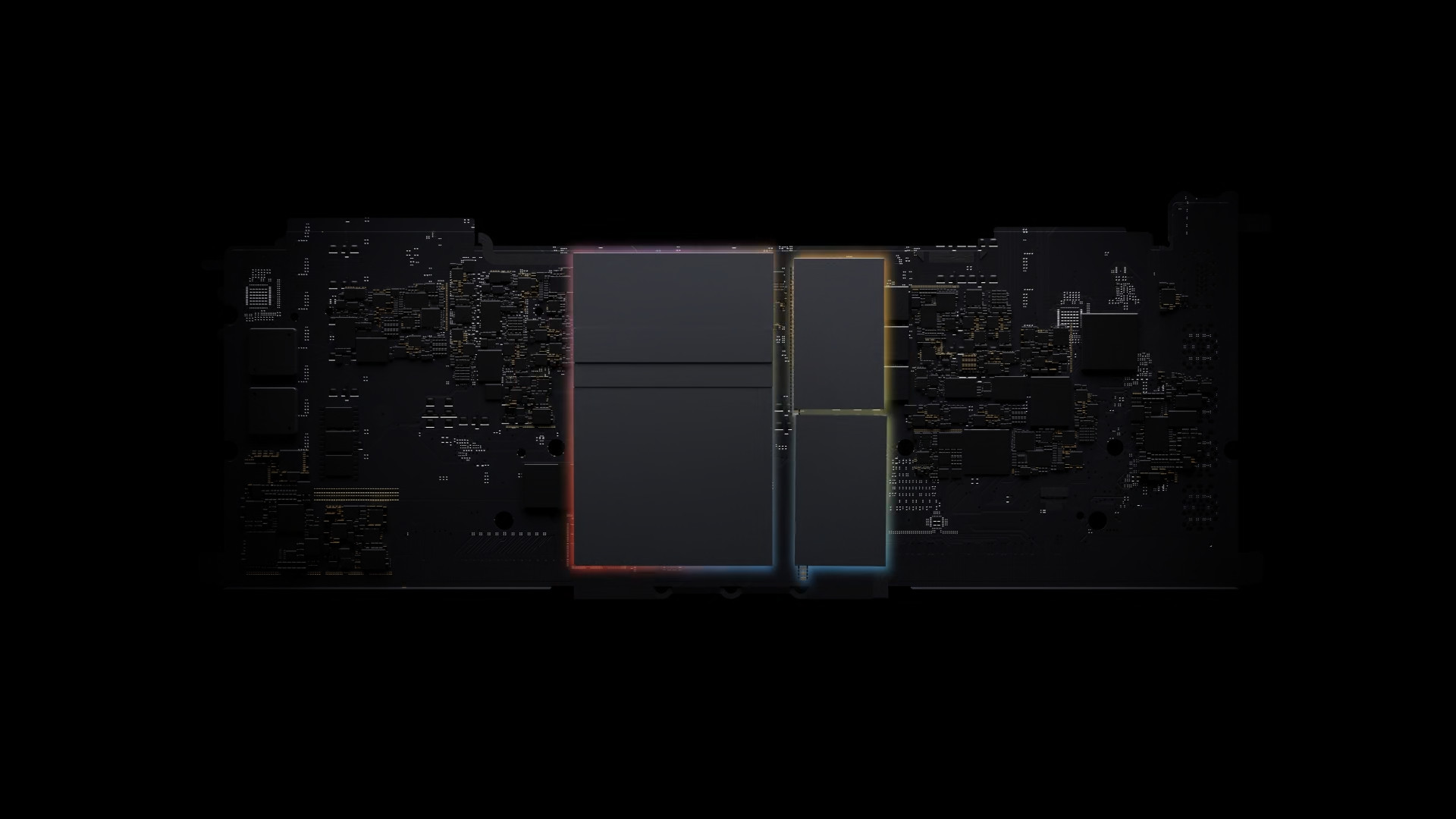
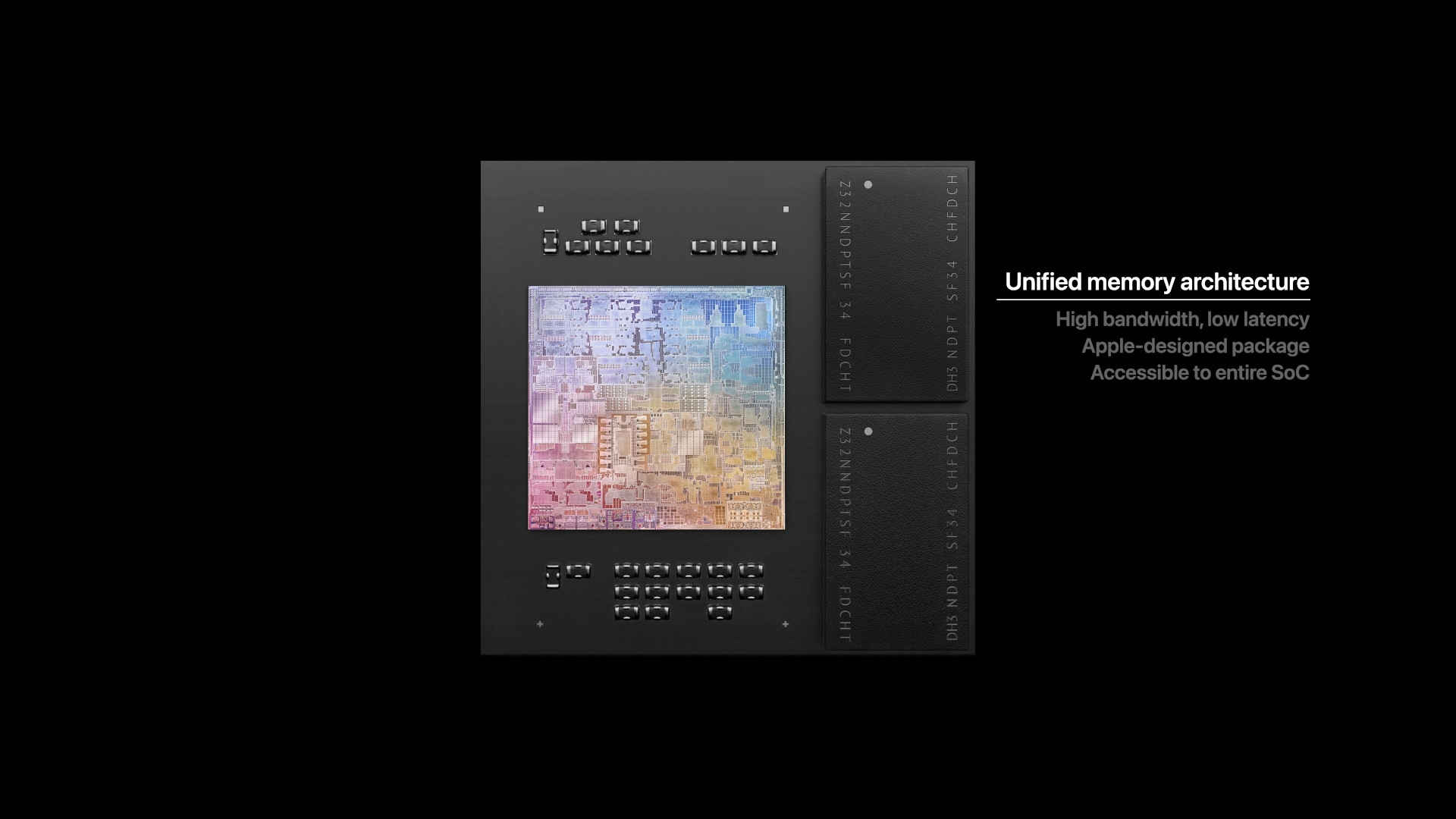
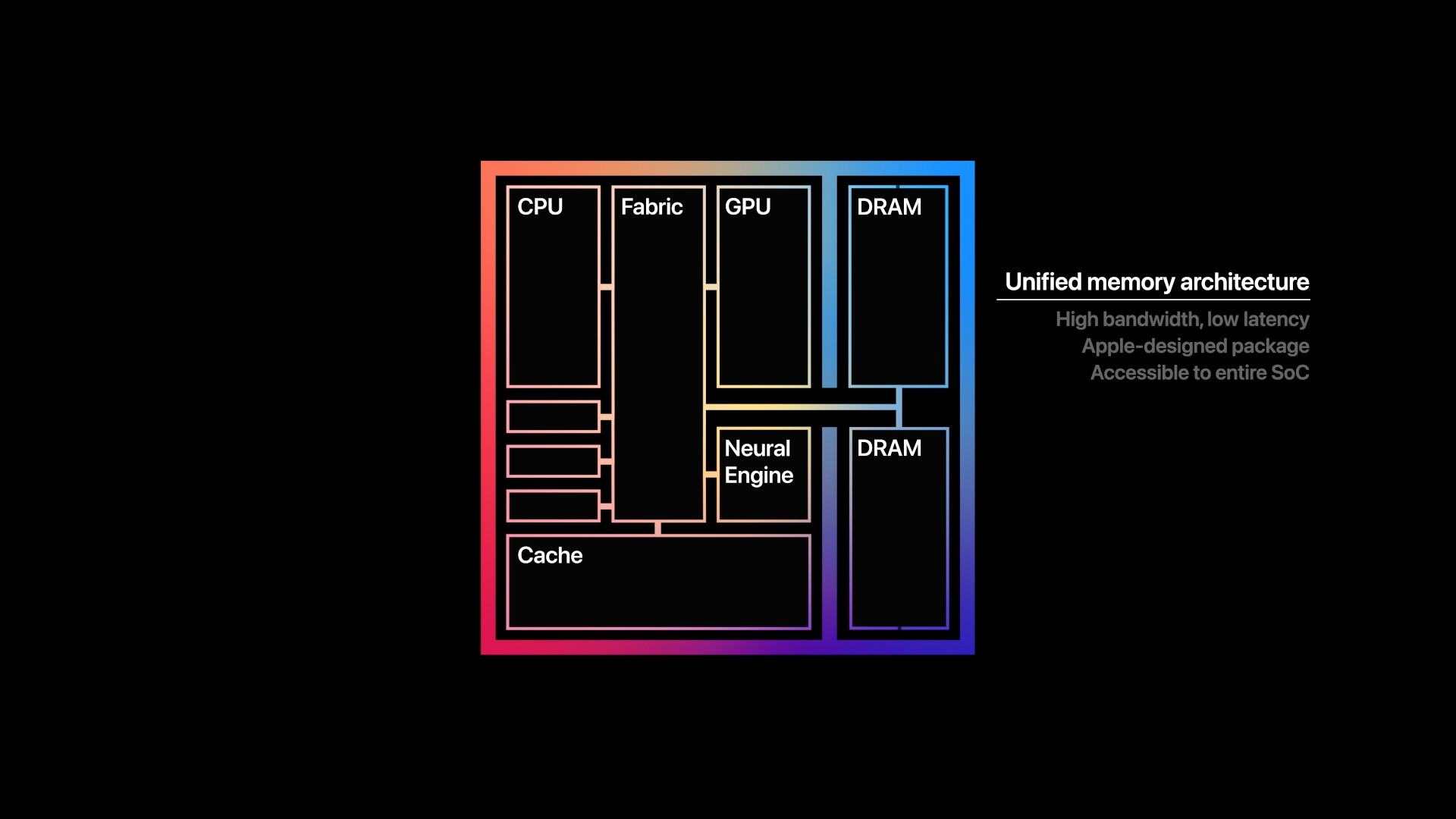
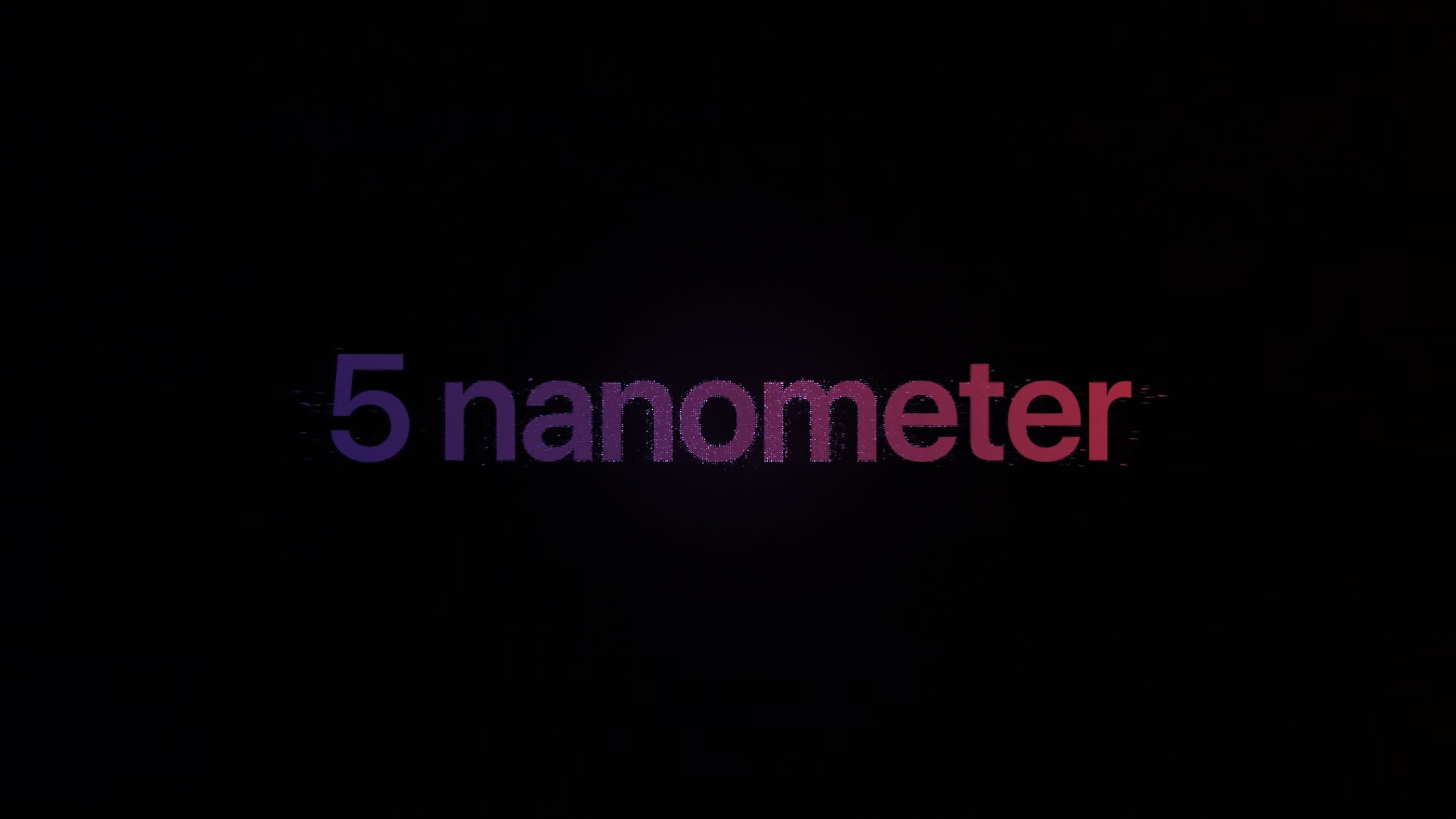
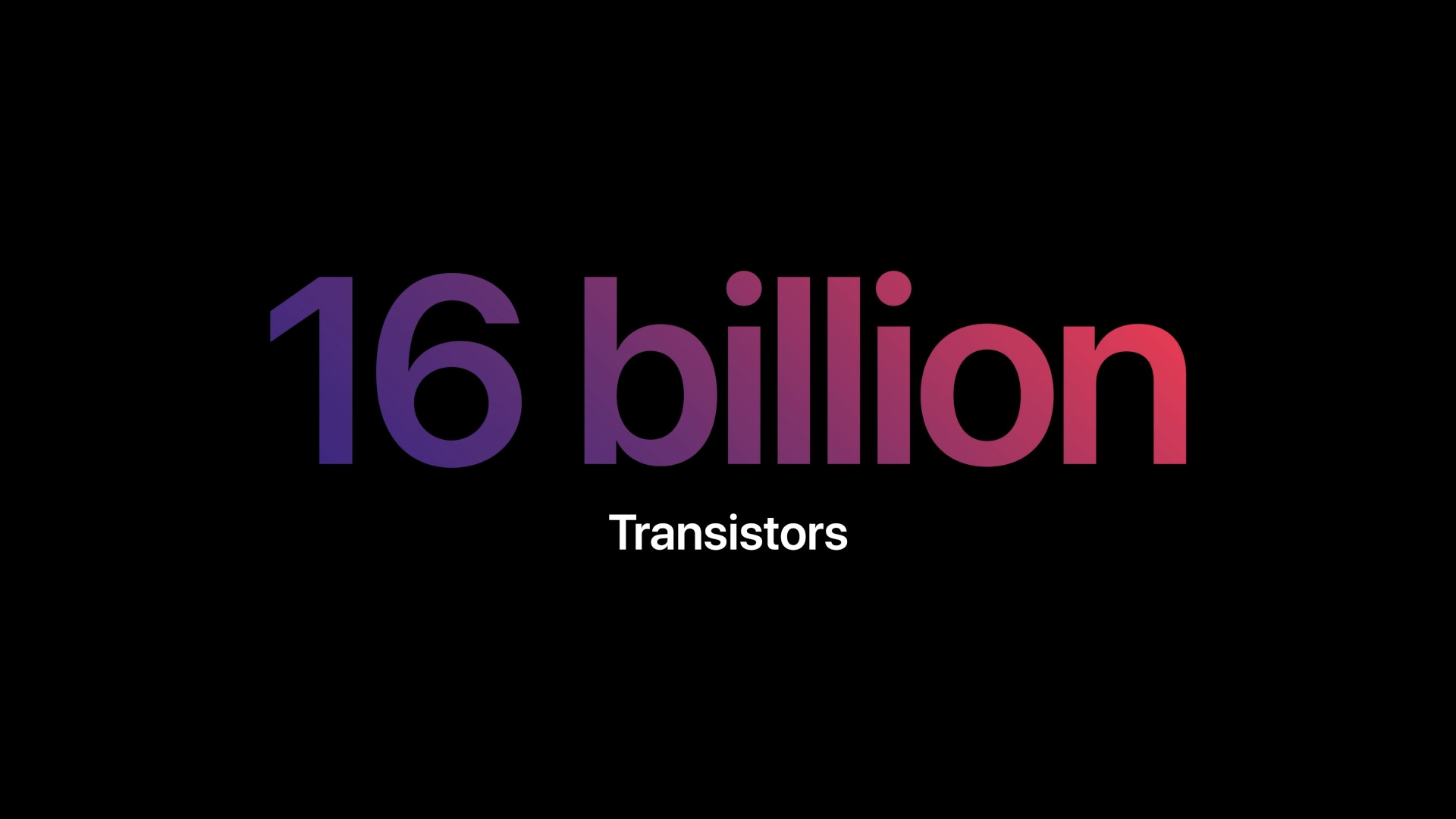
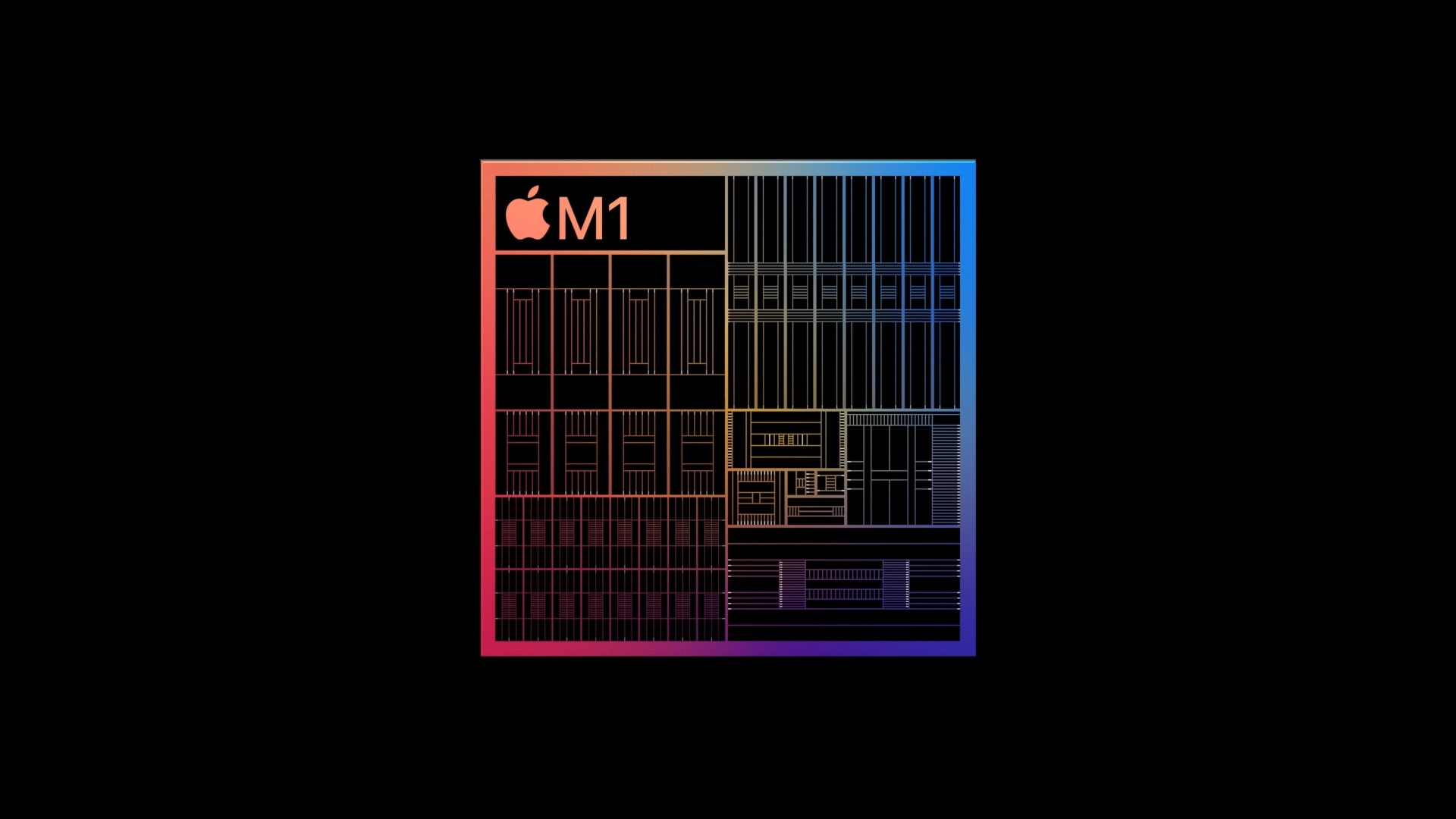


good day,
where do you get the information that the reason is a faulty wafer?
From 9to5Mac, see source at end of article.
so I didn't really notice that button, it appears next to the avatar of the author of the article. Thanks
On the other hand, it is worth mentioning that other manufacturers also work with chips in the same way. They just don't mark them with the same model number so it's not as visible.